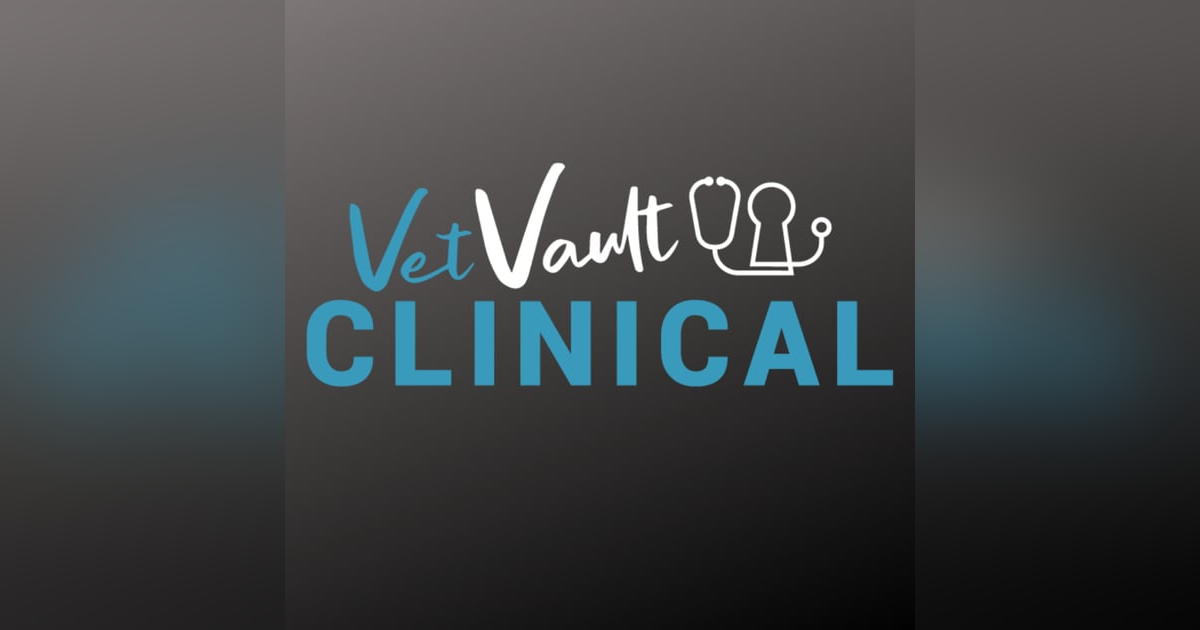#116: Making Linear Foreign Body Surgery Less Scary And Getting Better Outcomes. With Dr Bronwyn Fullagar.

If you find surgery even remotely appealing, then chances are a good old intestinal foreign body removal ranks high on your list of favourites. But GI surgery can be a lot less fun when faced with a linear foreign body, and patient outcomes can be potentially be much worse.
This episode with specialist surgeon Dr. Bronwyn Fullagar is packed with invaluable insights to make your linear foreign body surgeries smoother, less scary, and increase your chances of success.
Dr. Bronwyn Fullagar is an Australian specialist surgeon based in the US. Her passion lies in sharing knowledge to elevate our skills as surgeons and promote our overall well-being. She does her teaching through speaking engagements, publications, through her role as Director of Surgical Education for the Veterinary Emergency Group, and with frequent appearances on the Vet Vault Clinical podcasts.
For more surgery with Dr Bron, plus access to 450+ more episodes in Small Animal Medicine, Surgery, and Emergency and Critical Care and our library of show notes, including this episode, go to vvn.supercast.com.
Get help with your tricky cases in our Specialist Support Space.
Join us in Japan or in Wanaka with Vets On Tour: email vetsontour@gmail.com for details. (And tell Dave I sent you for your 10% discount!)
Visit thevetvault.com for show notes and resources related to this episode.
Connect with us through our online Vet Vault Network for episode highlights, clinical resources, discussions, questions and support.
Subscribe to our weekly newsletter here for Hubert's favourite clinical and non-clinical learnings from the week.






